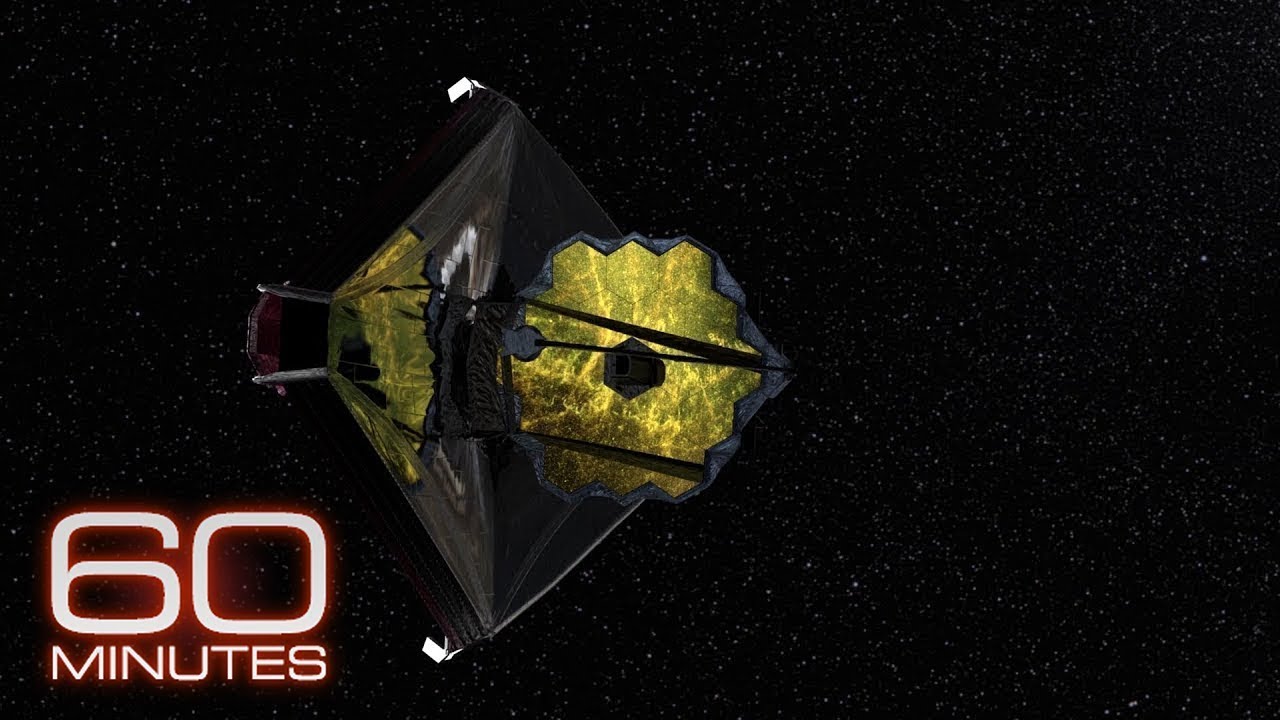Nasa's James Webb Space Telescope: Stunning New Images Captured Of The Universe | 60 Minutes
Unleash Your Creative Genius with MuseMind: Your AI-Powered Content Creation Copilot. Try now! 🚀
In the vast expanse of the cosmos, where stars shimmer and galaxies dance, a remarkable new chapter is being written. NASA's James Webb Space Telescope, the largest telescope ever launched into deep space, has opened its eyes to unveil a universe more mysterious and beautiful than even our wildest dreams. Its mission: to reveal the "let there be light" moment when stars and galaxies first ignited after the Big Bang.
A Glimpse Into the Cosmic Rose
Recently, the world got a breathtaking look at some of the initial images captured by the Webb telescope as it peered back toward the origin of everything. These images, the result of 250 hours of exposures, expand our imagination. Each dot in the images represents a star, a dancer in the grand cosmic ballet. Among them, some galaxies outshine our own Milky Way, while others are out of this world.
One extraordinary galaxy, dubbed "the cosmic Rose" due to its chance resemblance to a rose, stands out. It's a dusty, red irregular galaxy, showcasing that space is far more crowded than we might have imagined. What's even more intriguing is the fact that galaxies interact with one another, sometimes merging together. Gravity tugs at the stars in these galactic mergers, creating a cosmic ballet where galaxies collide and entwine.
Beyond the Horizon: Discovering the Most Distant Galaxy
Astrophysicist Brant Robertson, from the University of California Santa Cruz, is one of the visionaries leading Webb's most ambitious mission—the Advanced Deep Extragalactic Survey. This endeavor has already led to a remarkable discovery: the most distant galaxy known to us, a staggering 33 billion light-years away. This galaxy formed just 320 million years after the Big Bang, a cosmic heartbeat racing at an astonishing pace.
What's truly mind-boggling is that astronomers can glean a wealth of information about this distant galaxy by analyzing the spectrum of its light. They can measure its star formation rate, the number of stars it contains, its size, and the typical age of its stars. This brings us closer to understanding the earliest galaxies in the universe, which began to form when the universe was only two percent of its current age.
Webb's Journey: From Earth to the Edge of Time
James Webb Space Telescope is a triumph of human ingenuity, 25 years in the making. It's named after an early NASA administrator, and it's a marvel of engineering. Amy Lowe, a Northrop Grumman engineer, walks us through the telescope's impressive features, including a massive sun shield and 21 feet of gold-plated mirrors that work in concert as a single mirror.
As Webb embarked on its voyage to the birth of the universe, it was a heart-pounding moment for many. The telescope was launched on a European rocket into an orbit around the sun, a million miles away from Earth. Its mission: to unravel the mysteries of the cosmos by capturing the faint, heat radiation from the dawn of time.
Webb's Revelation: The Universe is Filled with Galaxies
Matt Mountain, the president of the Association of Universities for Research in Astronomy, highlights a profound revelation from Webb's early observations: there is no empty sky in the universe. Galaxies are everywhere, defying our previous understanding of space. The night sky is no longer just about stars; it's a tapestry of galaxies scattered across the cosmic canvas.
This discovery reiterates how much we still don't know about the universe. In fact, the universe is composed mainly of mysterious entities called dark energy and dark matter, which make up a staggering 95 percent of the cosmos. Dark energy and dark matter are enigmatic forces, and despite their dominance, we have limited knowledge about their true nature.
Astronomy, as Matt Mountain humorously notes, is a humbling discipline. We have only scratched the surface of our understanding of the universe, and Webb's revelations promise to reshape our cosmic worldview.
The Exciting Future of Cosmic Exploration
The James Webb Space Telescope is not just a technological marvel; it's a key to unlocking the secrets of the universe. With its ability to peer into the universe's infancy, Webb offers a thrilling journey beyond what we know. It has already uncovered distant galaxies, probed supernova explosions, and challenged our understanding of the cosmos.
As Webb continues to send back images and data, the history of astronomy is on the verge of a significant divide—between the time before Webb and the time after Webb. The observatory's lifespan could extend up to 25 years, giving us a prolonged opportunity to comprehend the mysteries of space, time, and the origins of life.
The universe has opened its secrets to Webb, and with each discovery, our understanding of the cosmos deepens. In this newfound era of cosmic exploration, we are reminded of the profound wisdom of Leonardo da Vinci: "Learn how to see. Realize that everything connects to everything else." Webb's revelations remind us that in the vast tapestry of the universe, everything is interconnected, and the secrets of the cosmos are waiting to be unveiled.
